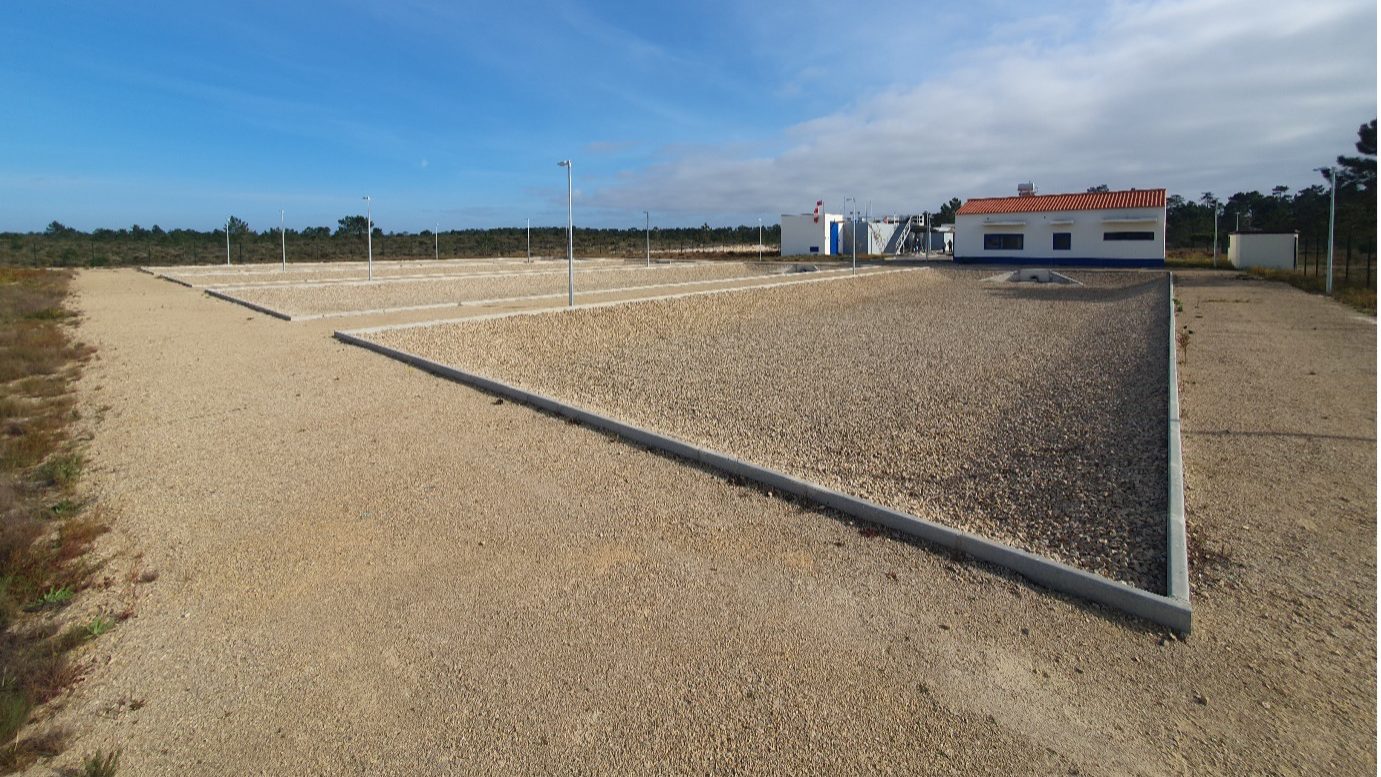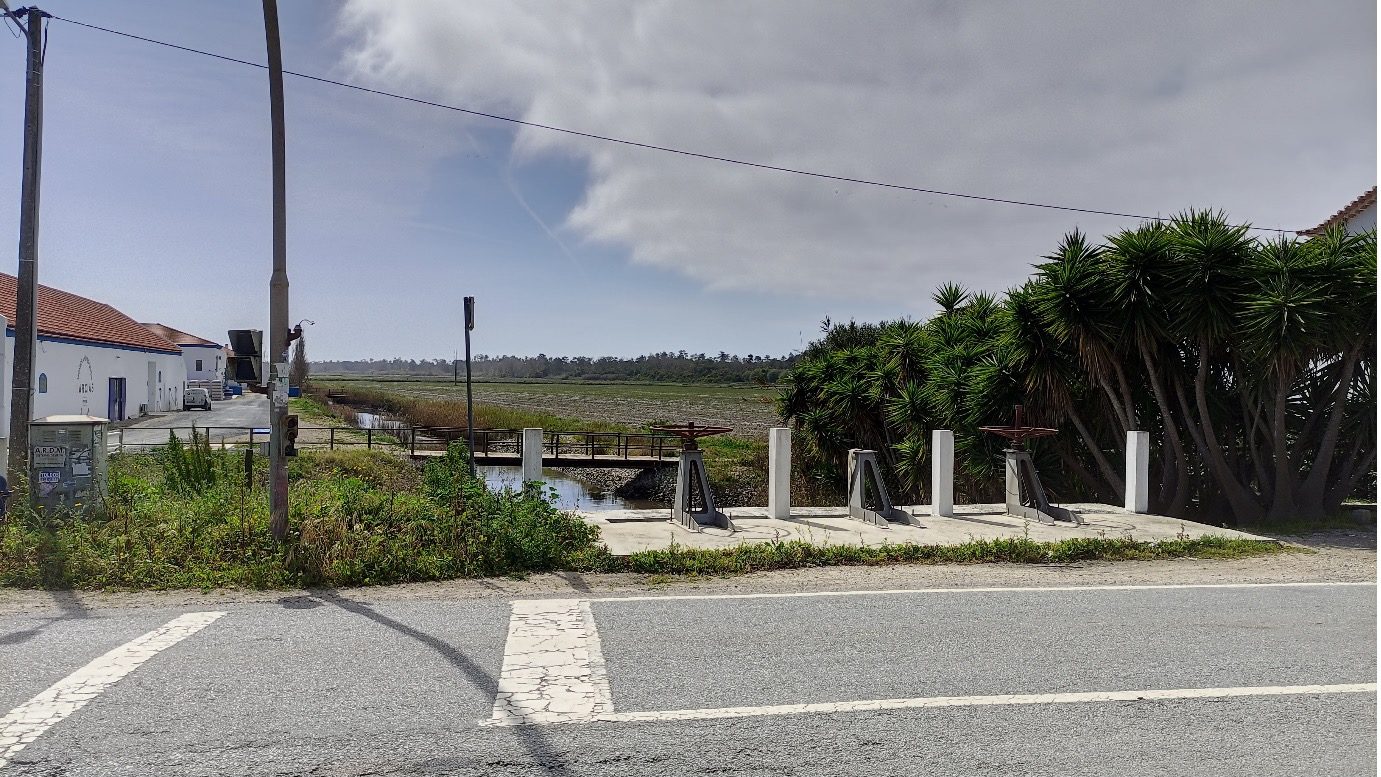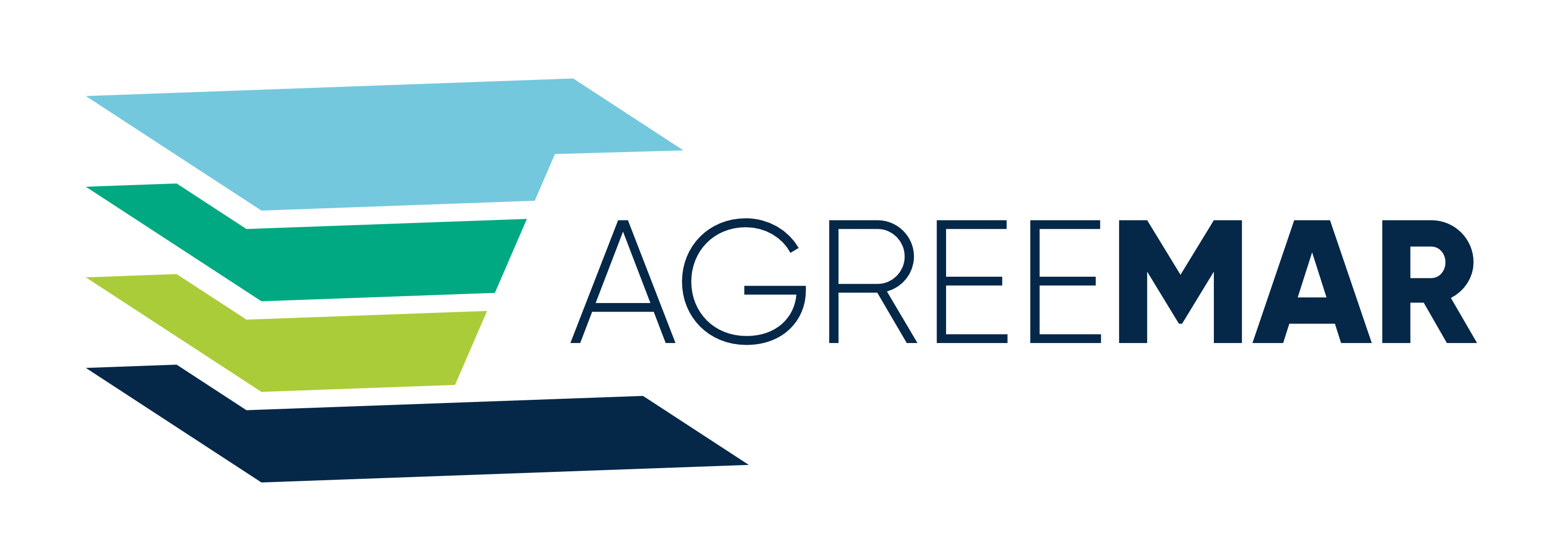The National Laboratory for Civil Engineering (LNEC), with the authorization and collaboration of Águas do Alentejo SA (AgdA), has been continuously monitoring in the last month the groundwater temperature, electrical conductivity and level in the Comporta WWTP / MAR site. The information gathered will provide a deeper insight on the aquifer conceptual model, particularly in understanding the possible interactions with the sea (at 2 km distance) and the groundwater quality variations induced by the implemented MAR infiltration basins. These basins were developed with the objective of infiltrating secondary treated wastewater effluent, allowing a further treatment during infiltration.

AgdA, one of the Portuguese AGREEMAR stakeholders, has shown particular interest in further implementing these systems in other sites aiming to optimize the WWTP discharge water in order to achieve minimal environmental impacts in their operation.
On 10 March 2023, LNEC conducted a field visit to the study area with the main objective of collecting additional information to feed the numerical model to be assembled within the AGREEMAR project. The team focused on inventory water points (wells) and collecting water level data to serve as calibration points besides interviewing the local community. This visit was helpful to understand the local dynamics in water use and water needs, what are the main water sources available and how MAR implementation would be beneficial, not only the involved stakeholders but also the communities and businesses, particularly farmers and tourism. These two sectors are particularly relevant in the region and can be characterized as two of the main water users. This understanding is to be integrated in future MAR implementation agreements in order to mitigate possible water use conflicts.


